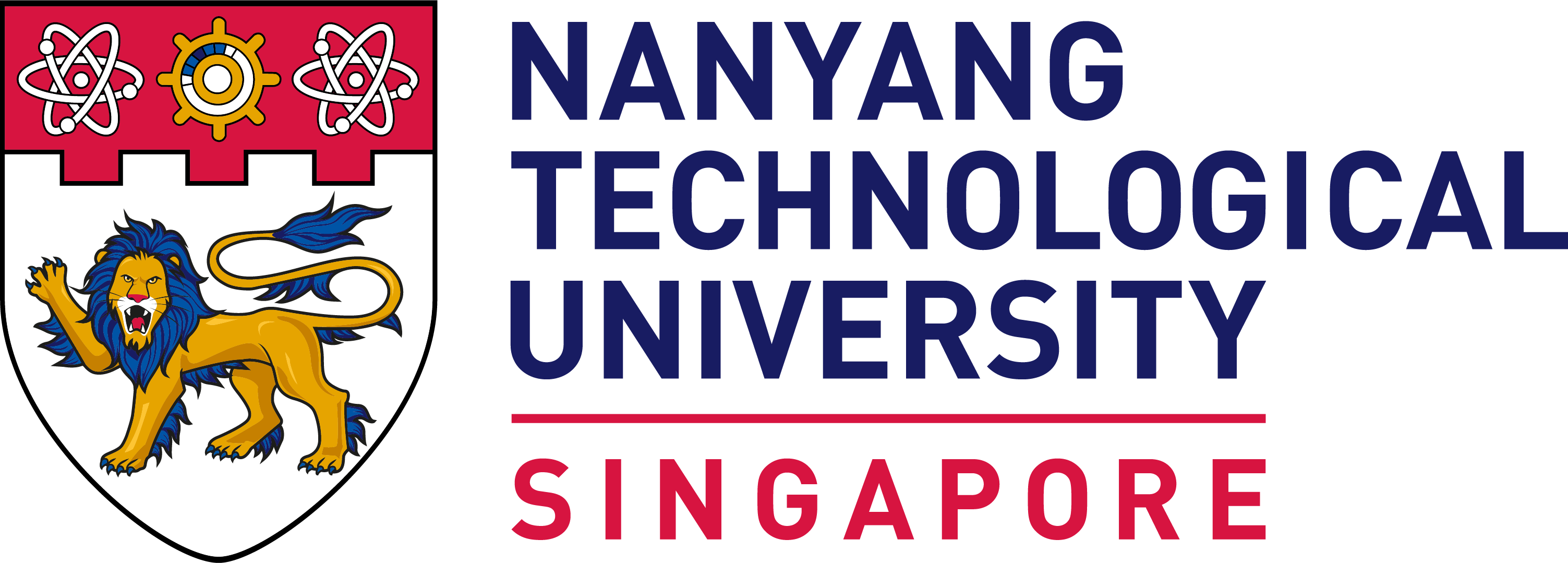Lifesaving cyborg bugs, elephant-inspired cooling and AI tree scanners
How NTU’s homegrown technologies are reshaping our future
by Lester Kok / Illustrations by Vivian Lim
Seeing beyond the bark
The big idea: As trees grow older, they can develop defects like cavities, making them more prone to falling. This poses a danger in urban areas to both cars and pedestrians. What if we could detect these issues before they occur, using artificial intelligence (AI)?
What’s unique: With help from NParks, NTU scientists are working on an AI-powered innovation to spot hidden defects in tree trunks. The prototype uses radar to scan the inside of tree trunks with microwaves. Advanced signal processing then "cleans up” the scanned images, which are analysed by deep learning algorithms to pinpoint cracks, cavities and other defects. The entire process, from scanning to detection, takes less than four minutes.
Benefits: Tested on freshly cut trunks of Angsana trees in Singapore, the prototype achieved 96 per cent accuracy in spotting defects. It could one day be used routinely to monitor the health of Singapore’s more than 7 million trees, helping to prevent tree falls and ensuring the safety of our urban forests.
Cyborg insects save the day

The big idea: Picture cyborg insects, real bugs with tech upgrades, teaming up for tasks like search-and-rescue missions and building inspections. Equipped with sensors and communication devices, these insects could be deployed to help humans, especially in areas that are hard or dangerous to reach.
What’s unique: NTU professors have worked with their counterparts in Japan to create an advanced algorithm that lets scientists control a swarm of cyborg bugs. The insects follow a designated “leader”, with one bug guiding the others. The algorithm also allows scientists to direct the swarm to search specific areas or locate targets within a zone.
Benefits: In disaster zones, thousands of cyborg insects could be deployed to search for survivors during the critical first 72 hours, such as after an earthquake. With this control system, the insects can be directed to cover hard-to-reach areas, making them a powerful tool for search-and-rescue operations and infrastructure inspections.
An ele-gant way to keep cool

The big idea: Cities are among the biggest polluters, and as more people in tropical regions start using air-conditioning, the demand for energy and CO2 emissions will skyrocket. But what if we could cool buildings in a natural, sustainable way, inspired by how elephants keep their cool in hot countries?
What’s unique: Elephants have wrinkles on their skin that help them stay cool in hot climates. These wrinkles trap moisture, facilitate evaporative cooling and reduce heat buildup. Taking a cue from this, NTU researchers have developed special tiles with a surface texture that mimics elephant skin to replicate this cooling effect. Even cooler? The tiles are made from a biodegradable material that is part of fungi, such as mushrooms.
Benefits: In experiments, the elephant-inspired tiles cooled buildings 25 per cent more efficiently than flat surfaces. Even better, their cooling efficiency improved by up to 70 per cent under simulated rain. This eco-friendly solution could help keep building occupants cool while reducing the use of energy-hungry air conditioners, making it a game-changer for hot climates, such as in Southeast Asian cities.
This story was published in the Jan-Feb 2025 issue of HEY!. To read it and other stories from this issue in print, click here.







